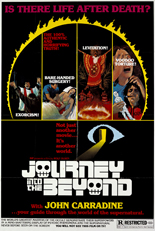
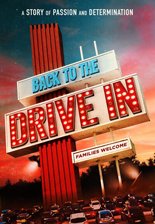 Who remembers when a tiny little horror film called The Wretched ruled the box office for six weeks straight? It happened! Right after the COVID-19 pandemic sent everyone in America indoors, in fact, leaving drive-in theaters to be the one safe way to see a movie. It led to an attendance boost the drive-in hadn’t seen since in decades — as fine a reason as any for April Wright to follow up her previous documentary on the drive-in, 2013’s Going Attractions.
Who remembers when a tiny little horror film called The Wretched ruled the box office for six weeks straight? It happened! Right after the COVID-19 pandemic sent everyone in America indoors, in fact, leaving drive-in theaters to be the one safe way to see a movie. It led to an attendance boost the drive-in hadn’t seen since in decades — as fine a reason as any for April Wright to follow up her previous documentary on the drive-in, 2013’s Going Attractions.
For Back to the Drive-In, her camera visits nearly a dozen drive-ins across the U.S. Although attendance has dropped since the vaccine re-opened the nation, Wright finds them hanging in there, some by including live bands and livelier alcohol. One is also home to a flea market and mini-golf course.
No matter the locale, the owners face daily repair and upkeep, threats of weather, staffing challenges, supply issues, razor-thin profit margins, constant worry, constant hope and an unwavering belief in the magic of the movies. Says Rod Saunders of Ohio’s Field of Dreams Drive-In, “You can’t put a price on that.” I’m inclined to agree, seeing as how he built his theater literally in his own backyard. Not for nothing are many of the featured places family businesses.
No-frills yet full of heart, Back to the Drive-In doesn’t have a lot to say, but what it does say means a lot to those who will watch. —Rod Lott

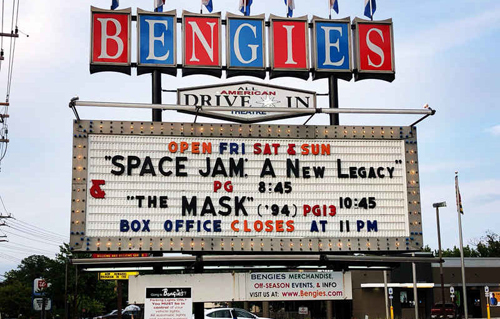
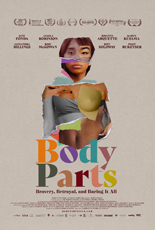 Watching Hollywood movies for 50 years has left me with many probing questions, like:
Watching Hollywood movies for 50 years has left me with many probing questions, like: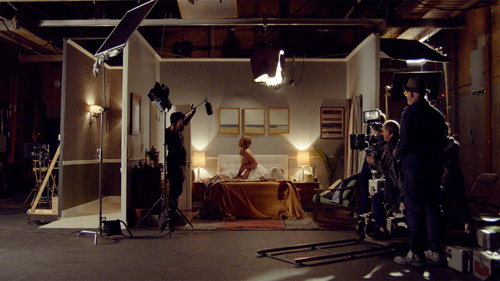
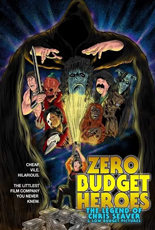 To enjoy the documentary about Rochester-based moviemaker Chris Seaver, you don’t have to be a fan, assuming you’ve even heard of the guy. You need not have seen Anal Paprika or Scrotal Vengeance or even Anal Paprika 2.
To enjoy the documentary about Rochester-based moviemaker Chris Seaver, you don’t have to be a fan, assuming you’ve even heard of the guy. You need not have seen Anal Paprika or Scrotal Vengeance or even Anal Paprika 2. 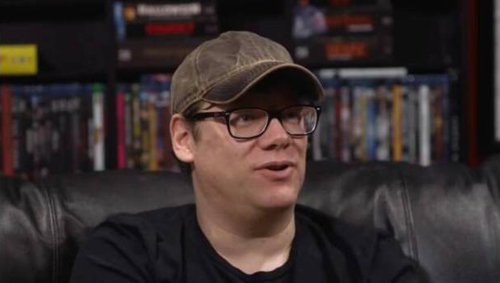
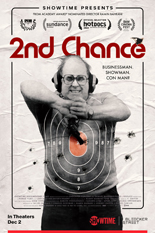 Often, changing the world takes a big idea and a bit of bravado. Nowhere on that path does a sign state narcissism as a toll to be paid, yet it happens. Money corrupts, kids!
Often, changing the world takes a big idea and a bit of bravado. Nowhere on that path does a sign state narcissism as a toll to be paid, yet it happens. Money corrupts, kids! 
